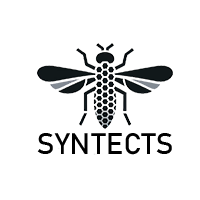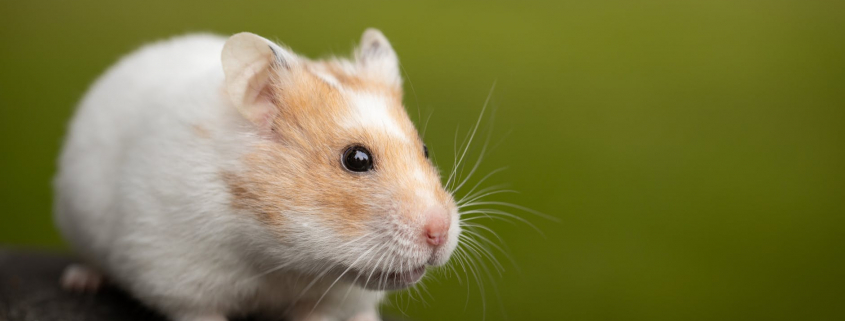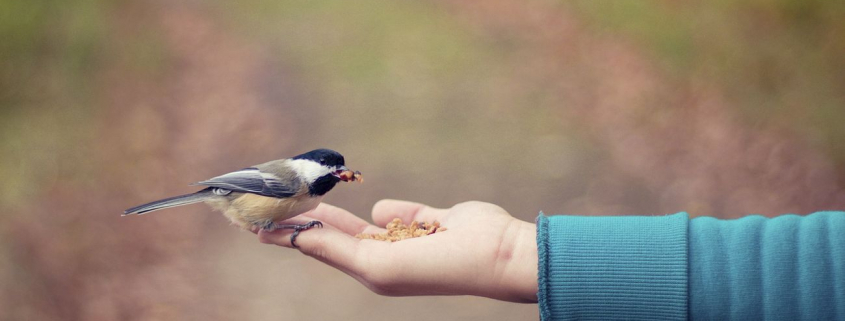Feeding Dried Black Soldier Fly Larvae to Your Hamster
Ever thought about what’s on your hamster’s dinner plate? Well, if you’re like most of us, you’ve probably stuck to the basics. But what if I told you there’s a superfood you might be missing out on? Imagine the excitement of introducing a new, nutritious treat to your hamster’s diet. It’s like discovering avocados for the first time and realizing they’re not just for guacamole!
Why Black Soldier Fly Larvae?
Ever heard of the saying, “Don’t judge a book by its cover?” Well, the same goes for these little critters. While they might not look appetizing to you, for hamsters, they’re a delightful treat. But it’s not just about taste. These larvae are packed with nutrients that can boost your hamster’s health.
Nutritional Value
So, what makes these larvae so special? They’re a powerhouse of protein, essential fats, and vital minerals. Think of them as the protein shake for your hamster. They help in muscle development, ensuring your little buddy stays active and fit.
Safe for Hamsters?
Now, the big question: Are they safe? Absolutely! As long as they’re sourced from reputable suppliers and are specifically meant for pet consumption. Remember, it’s always about quality over quantity.
How to Introduce to Your Hamster
Starting a new diet can be tricky, right? Imagine being introduced to sushi for the first time. It’s different, but once you get the taste, it’s hard to resist. Start by giving your hamster a small amount and observe. Gradually, as they get accustomed, you can make it a regular treat.
Frequency and Quantity
While they’re nutritious, moderation is key. Think of them as the occasional chocolate chip cookie you indulge in. A few larvae a couple of times a week should do the trick.
Storing Dried Larvae
Store them in a cool, dry place. Think of them as your favorite crisps. You wouldn’t want them going stale, would you?
Benefits Over Other Treats
Compared to other treats, dried black soldier fly larvae are low in fat and high in nutrients. It’s like choosing a salad over a burger. Both are tasty, but one’s definitely better for your health.
Potential Risks
Like everything, there’s always a flip side. Ensure your hamster isn’t allergic and always monitor their health. If you notice any changes, consult your vet.
Where to Buy
Hop over to our shop page or click this link once you have finished reading. Buy Dried Calci Worms
Hamster’s Reaction: What to Expect
Curiosity, excitement, and a whole lot of nibbling! Every hamster is unique, so reactions might vary. But one thing’s for sure, it’s going to be an adventure for them.
Conclusion
Feeding dried black soldier fly larvae to your hamster can be a game-changer. It’s nutritious, safe, and most importantly, hamster-approved! So, why not give it a try and watch your furry friend thrive?
FAQs
- Can all breeds of hamsters consume dried black soldier fly larvae?
Yes, all breeds can enjoy them. However, always introduce any new food gradually. - How do I know if my hamster is allergic to the larvae?
Allergic reactions are rare. But if you notice itching, swelling, or any unusual behavior, consult your vet. - Can I feed fresh larvae instead of dried ones?
Dried larvae are more convenient and have a longer shelf life. Fresh larvae can be fed, but ensure they’re clean and safe for consumption. - Are there any alternatives to black soldier fly larvae?
Yes, mealworms and crickets are also popular choices. However, each has its own nutritional profile. - How often should I treat my hamster with these larvae?
A couple of times a week in moderation is ideal. Remember, it’s a treat, not a staple diet.




